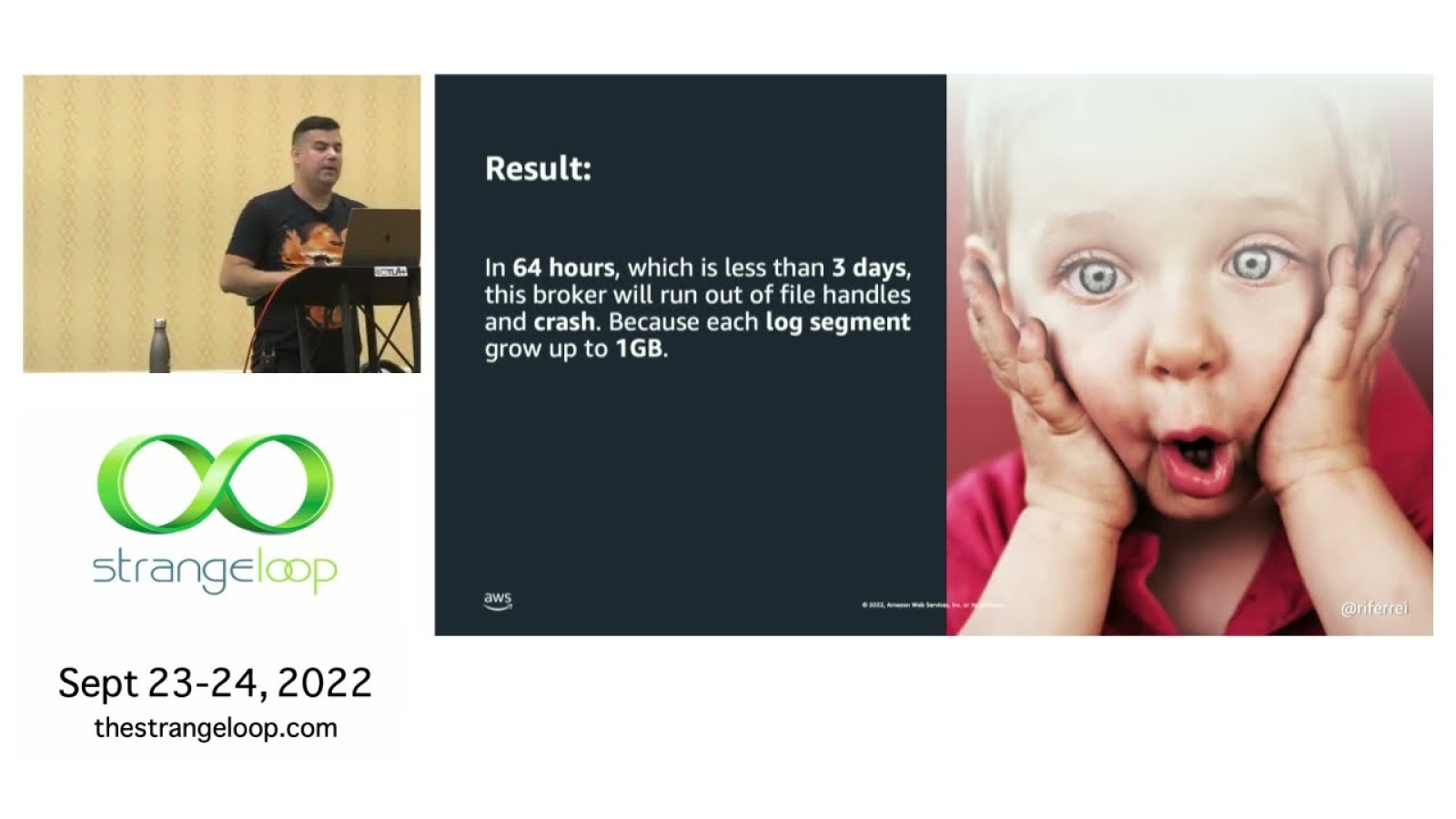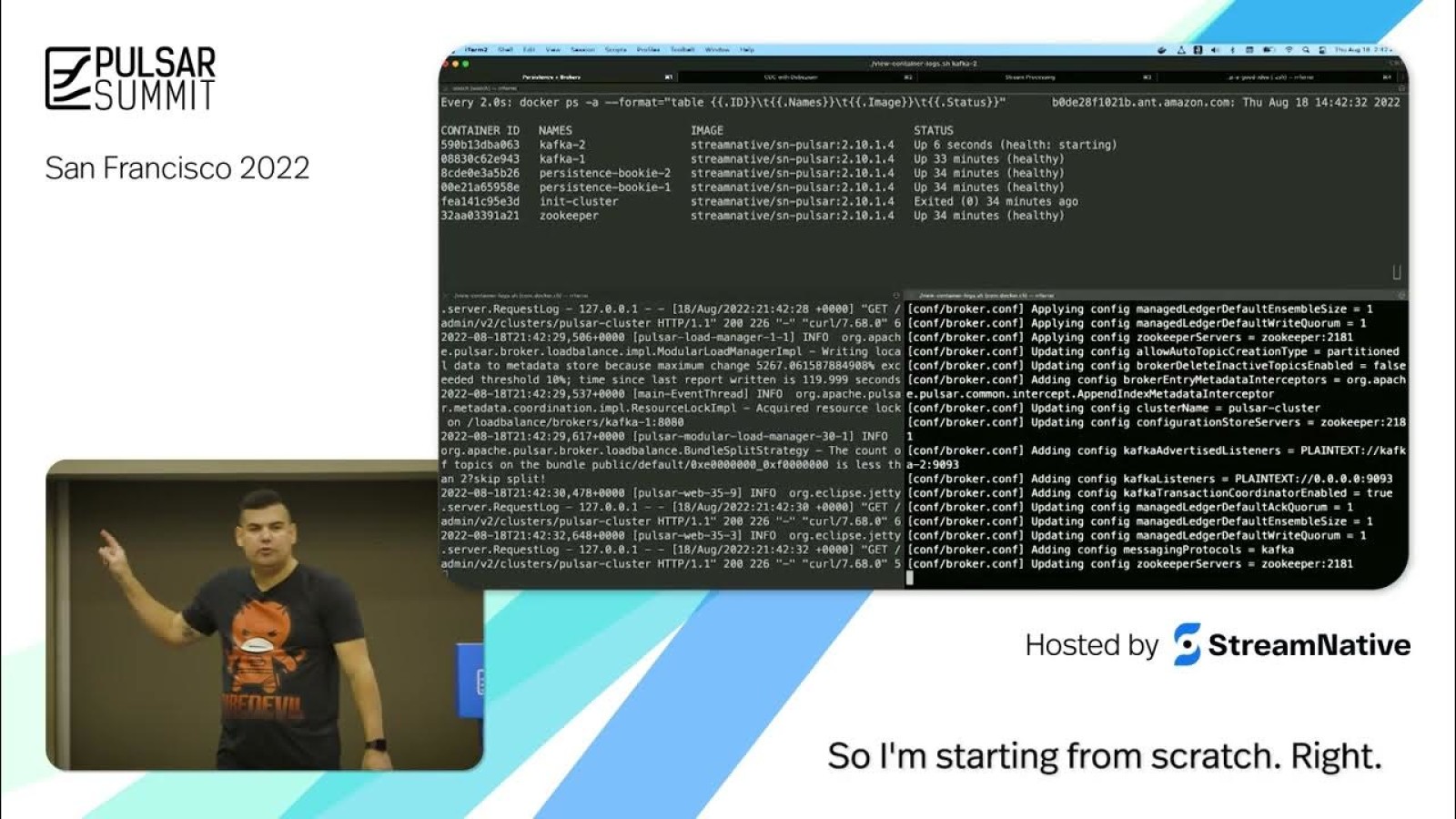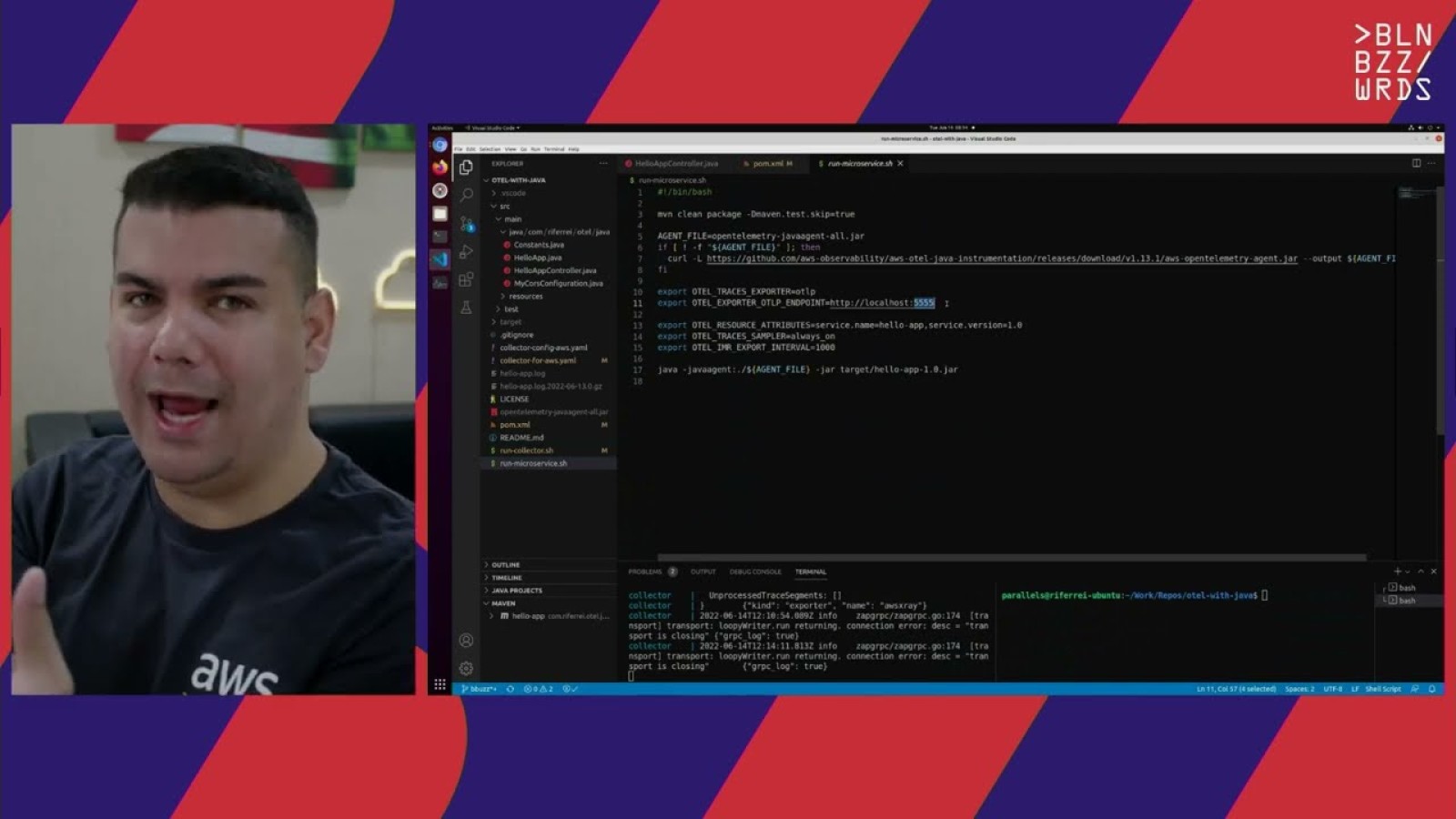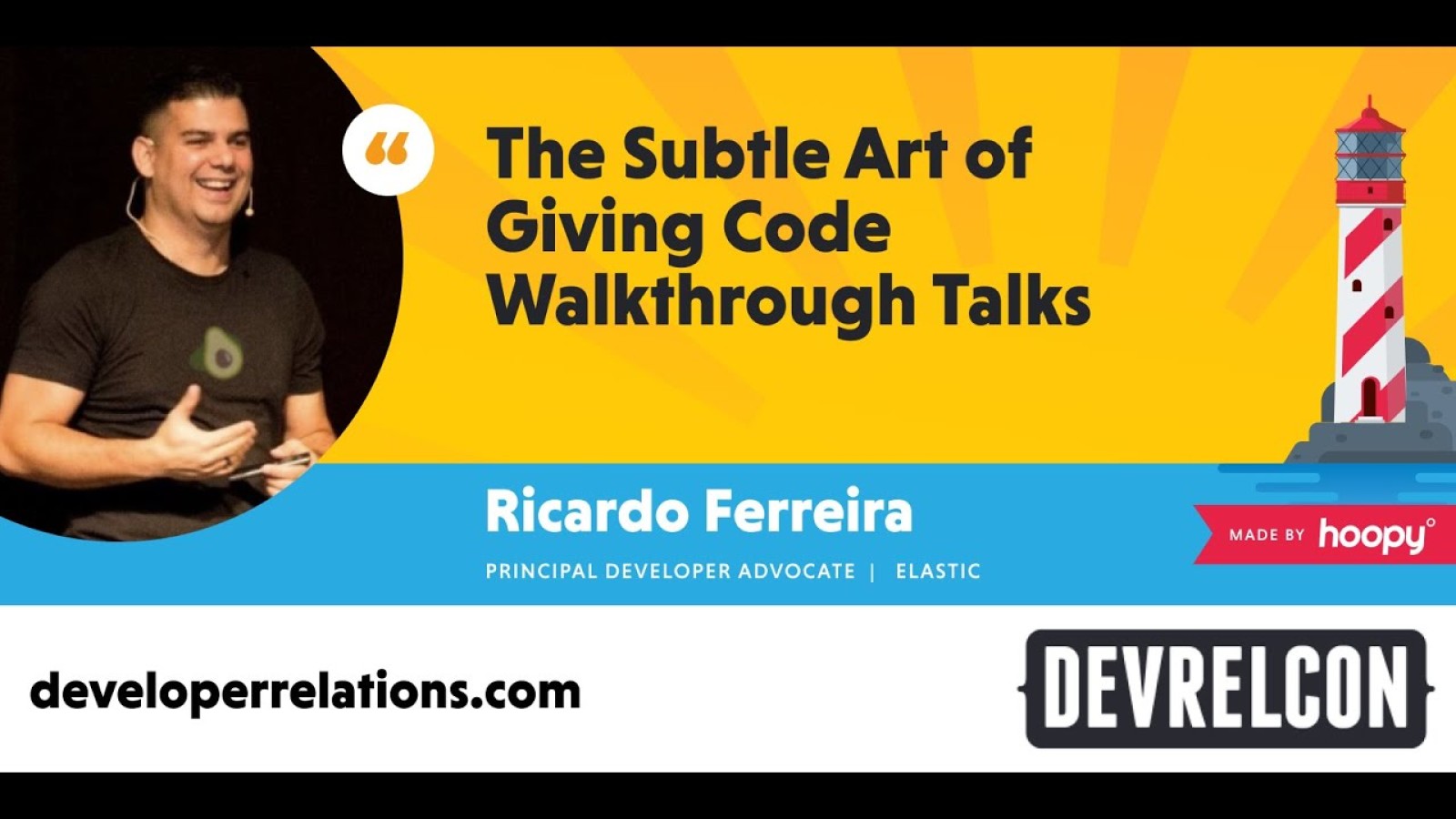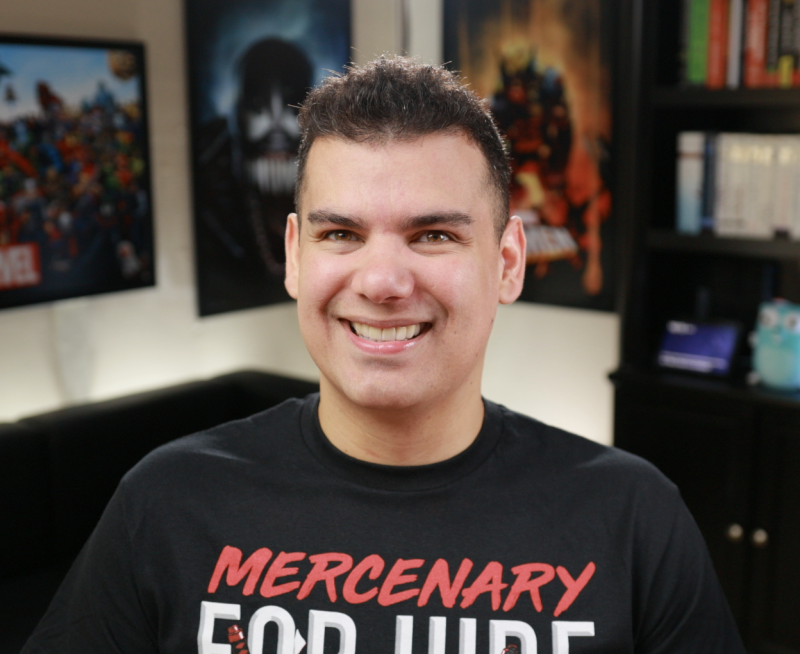
Ricardo Ferreira
After nearly two decades working with software engineering and solution architecture, in 2018 I decided to earn my living working full-time as a developer advocate. However, unofficially I’ve been blogging, creating demos, and speaking at conferences since 2004. Some of the events I’ve spoken at include JavaOne, JFokus, JNation, QCon, Google Cloud Next, Kafka Summit, Pulsar Summit, and many Big Data conferences. You can find where I’ll speak next here.
Recordings of my talks can be found on my YouTube channel, where you’re welcome to subscribe to get the latest of my work — such as workshops, demos, and tutorials that I create. In fact, you may want to check my GitHub for the code I write to all of this.
If you need to reach out, you can email me at riferrei@riferrei.com or just start a conversation on Telegram.



